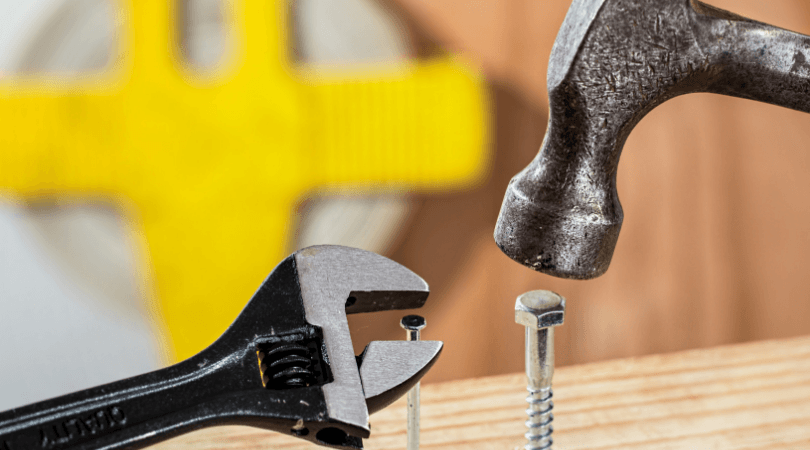While prepaid cards are a great choice for some, there are times when it’s not your best option. Here are five times to just say no to prepaid cards.
More people are using prepaid debit cards than ever before. For many, prepaid cards fit the bill to instill a little discipline in the budget or to have an alternative to a traditional checking account.
Still, they’re not for everyone. Here are five times when prepaid cards won’t make the grade.
Looking to Drive Up that Credit Score
If you’re looking to improve your credit score, prepaid cards won’t help–at least not directly.
The most important driver for a higher score is to pay your debts and pay them timely. So a credit card or car loan paid like clockwork can help increase your score. And there are credit cards available even for bad-credit borrowers. With a prepaid card though, you’re using your own money. There’s no debt involved. So, prepaid cards don’t report to the credit bureaus and using them won’t increase your score.
But the opposite is also true. If you miss that car payment or pay your credit card late, your credit score will suffer.
Not Planning to Use Direct Deposit
Prepaid cards as a whole offer lower fees than they used to. You can even use some prepaid cards for little or no fees. That’s because some prepaid cards waive their monthly fee if you use direct deposit or load a minimum amount to the card each month.
But if you’re not planning to use direct deposit or meet minimum loads, plan on paying a monthly fee–about $5 or more on average.
Paying Your Credit Card in Full
There are plenty of no annual fee credit cards out there and almost as many rewards cards. If you pay your balance in full every month, credit cards will edge out most prepaid cards because they’ll be as cheap or cheaper to use, and you may even get some cash back.
But if you’re like most Americans, you won’t pay off your credit card spending. Sixty-five percent of credit card users end up carrying a balance. With credit card interest rates averaging 14% or higher, credit card fees can quickly exceed the cost of a prepaid card.
Earning Interest on Big Savings Balance
Some prepaid cards like the Netspend or PayPal cards offer savings accounts with their prepaid cards. And they can pay some killer interest rates–5% APY. That’s higher than about any traditional bank savings account out there. But those higher rates are paid only on balances up to $1,000. Beyond that, the rates drop to .49%.
The average bank savings account pays about .80%. That’s far less than the highest prepaid card promotional rate but higher than the prepaid card rate paid for higher balances. So, if you’re looking to maximize interest on higher balances, the right bank account is the better choice.
Cash Earners
If you’re paid in cash–like some tip earners and contractors–prepaid cards may not be for you. That’s because the quickest way to run up prepaid card fees is to load cash to your card. Most prepaid cards don’t charge fees to load cash, but the cash load services do.
The better bet for cash earners is to use a traditional checking account. Or perhaps consider a prepaid card offered by a conventional bank–like Chase Liquid or PNC’s Smart Access Card. Depositing cash to a checking account or one of these cards won’t cost a thing.
Prepaid Cards or No Prepaid Cards
Although most prepaid card users are happy with their choice, in some cases they aren’t the best alternative. It depends on your circumstances and goals. If you’re in one of the above categories, credit cards or checking accounts may serve you better.

